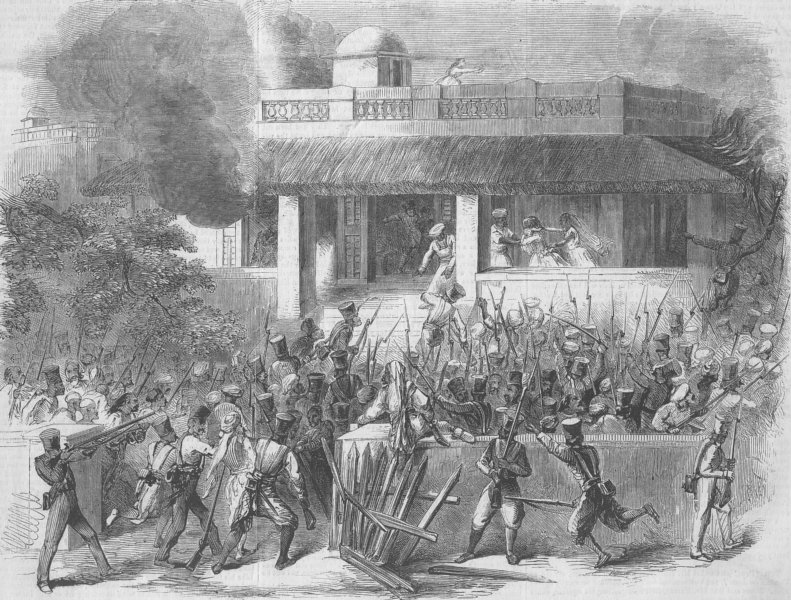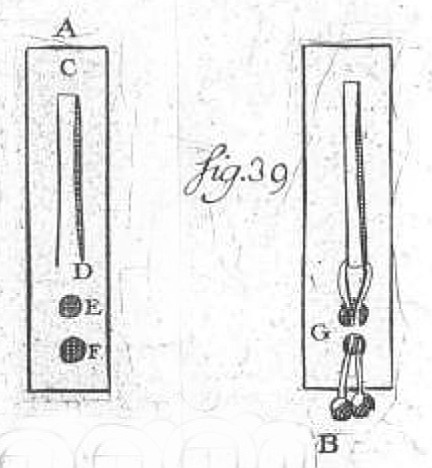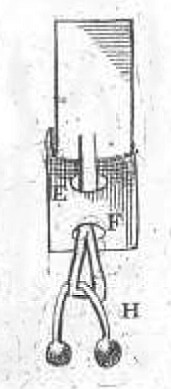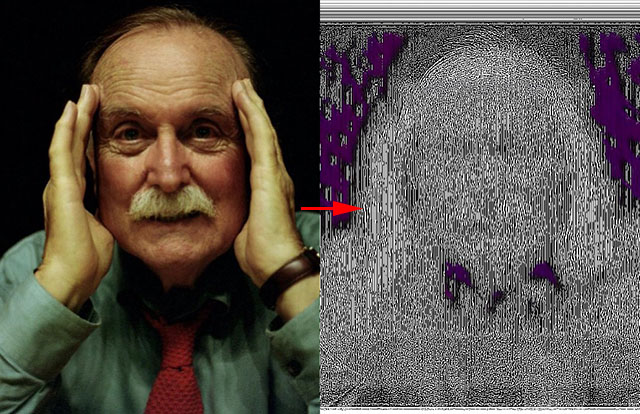
In 2014, Michigan Technological University physicists Robert Nemiroff and Teresa Wilson thought up a novel way to detect time travelers: Search the Internet.
They searched for mentions of “Comet ISON,” a sun-grazing comet discovered in September 2012, and for “Pope Francis,” whose papacy began in March 2013 and who is the first of his name. Both of these subjects are historically momentous enough that they might be known even to people in the far future; if those people travel into our past, then they might mention them inadvertently in, say, 2011, before we could plausibly have done so ourselves.
“Given the current prevalence of the Internet … this search might be considered the most sensitive and comprehensive search yet for time travel from the future,” they reported, acknowledging that “technically, what was searched for here was not physical time travellers themselves, but rather informational traces left by them.”
And they note that our failure to detect travelers doesn’t mean they’re not there. “First, it may be physically impossible for time travellers to leave any lasting remnants of their stay in the past, including even non-corporeal informational remnants on the Internet. Next, it may be physically impossible for us to find such information as that would violate some yet-unknown law of physics. … Furthermore, time travellers may not want to be found, and may be good at covering their tracks.”
See Regrets and The Telltale Mart.









